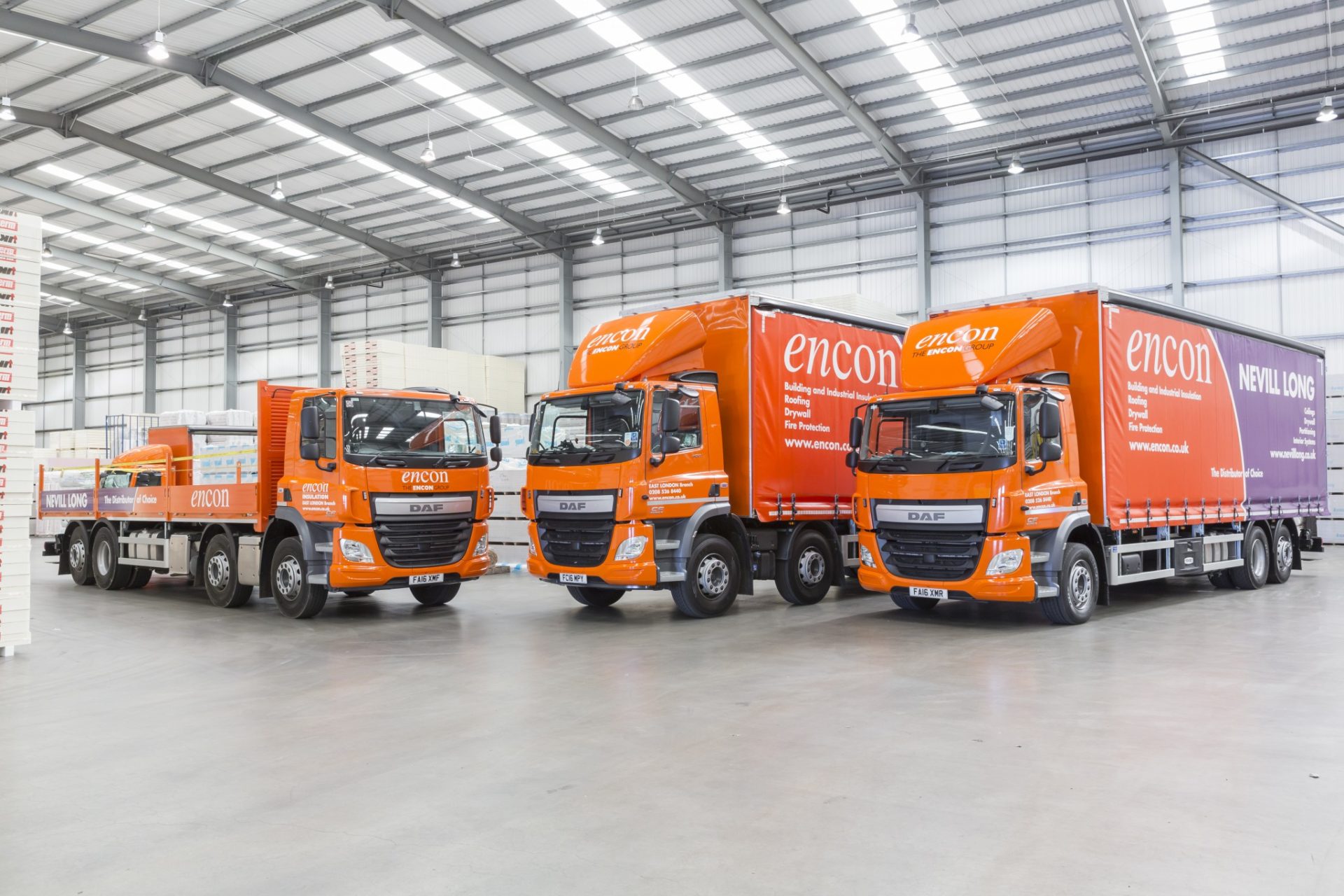Specialists throughout the finishes and interiors sector need to make sure resources move efficiently and safely between the point of origin and the point of installation. Failure to do so can be the difference between success and failure. Adrian JG Marsh finds out about the risks of operating your own fleet.
“Success can inadvertently leave some businesses in a bad place and they need to make sure vehicles and drivers are compliant,” said Andy Miles of AS Miles Consulting.
Work-related road accidents are the biggest cause of work-related accidental death. In 2014 over 500 people were killed in work-related road traffic accidents compared to approximately 133 fatalities due to accidents at work. Policy makers are increasingly looking at ways to reduce deaths on public roads so steps are being taken to reduce road traffic accidents.
While the transport commissioner only has the resources to check one per cent of vehicles, if you are faced with a spot check the results can be very costly. Ensuring that maintenance schedules have been carried out, drivers’ licences have been checked and that your workers are fit enough to drive after a long day will go a long way to reducing risks.
Last summer an SME contractor’s driver and his employer each faced 10 specimen charges for breaches of regulations. Both were found guilty; the driver faced a £160 fine and the employer a £1,600 fine – for each offence. Total cost was north of £30,000 for a random roadside check, and was totally avoidable.
The Road Traffic Act, various EU regulations and Health & Safety at Work Act cover operating and maintaining vehicles at work and those who drive them. There’s no doubt that large organisations have established very professional operations to manage transport issues.
Dave Bonner at Nevill Long said: “We have made significant investments in our fleet recently, primarily to improve safety, economy and the environment, and ultimately to improve the service we provide to our customers.”
Nevill Long’s new fleet includes lane-departure technology and automatic breaking systems for safety. There are advanced telematics systems fitted to new lorries to improve driving style and report back to base with real-time data. And an advanced tracking system means they can look at a screen, tell the customer exactly where the vehicle is and advise of any delays.
However, smaller businesses may be at risk in the future. Mr Miles said: “Regulations are being tightened up across Europe. Every vehicle over 3.5 tonnes has to operate a tachograph, but there are rumoured to be moves to apply this to all commercial vehicles weighing 2.5 tonnes and above. If this goes ahead, it could impact on even the smallest van.
“A lot of businesses fall foul of regulations such as weights and running trailers. Putting effective procedures in place not only mitigates risks but it can also improve efficiency, cut costs and improve safety.”
Drywall and ceiling specialist Bespoke Drywall runs a small fleet of 3.5-tonne transits and sprinters to support fast-moving contracts in the commercial and retail sector. Mark Grocock, its managing director, said: “We have a fleet management system that we use to track all our vehicles. There is a rigorous servicing regime and all our drivers have to adhere to strict procedures.”
A lot of training covers HGV driving but there is no training required to drive a transit van. And that could be about to change, because some industries are now putting in place new schemes. A growing trend is for any driver who drives more than 15,000 business miles a year to go on a defensive driving course. This may become an industry-wide standard in time.
Mr Miles explained: “Drivers are often looking for leadership and they will respond very quickly, boosting fleet availability and overall efficiency. Putting a few disciplines in place can raise standards. A simple move to keep vehicles tidy helps make sure a vehicle is roadworthy. They don’t have to be showroom clean.
“The police often stop vehicles that are filthy because they’re more likely to have something wrong with them. And don’t forget that if a subcontractor gang is working for you, then you are potentially liable if they have an incident in a vehicle.
“Road safety is so topical these days. Regulations cover many aspects, and hours of driving when combined with hours at work are high on the list. The driver who sets off at 5am and doesn’t get back until 10pm could fall asleep at the wheel the next day or evening and cause an accident. Employers could be responsible if steps have not been taken to put safety above profitability.”
A salutary warning in view of recent court cases involving commercial drivers in tragic accidents.


